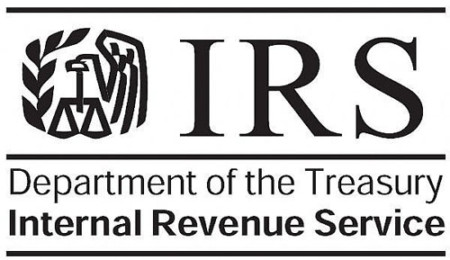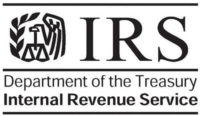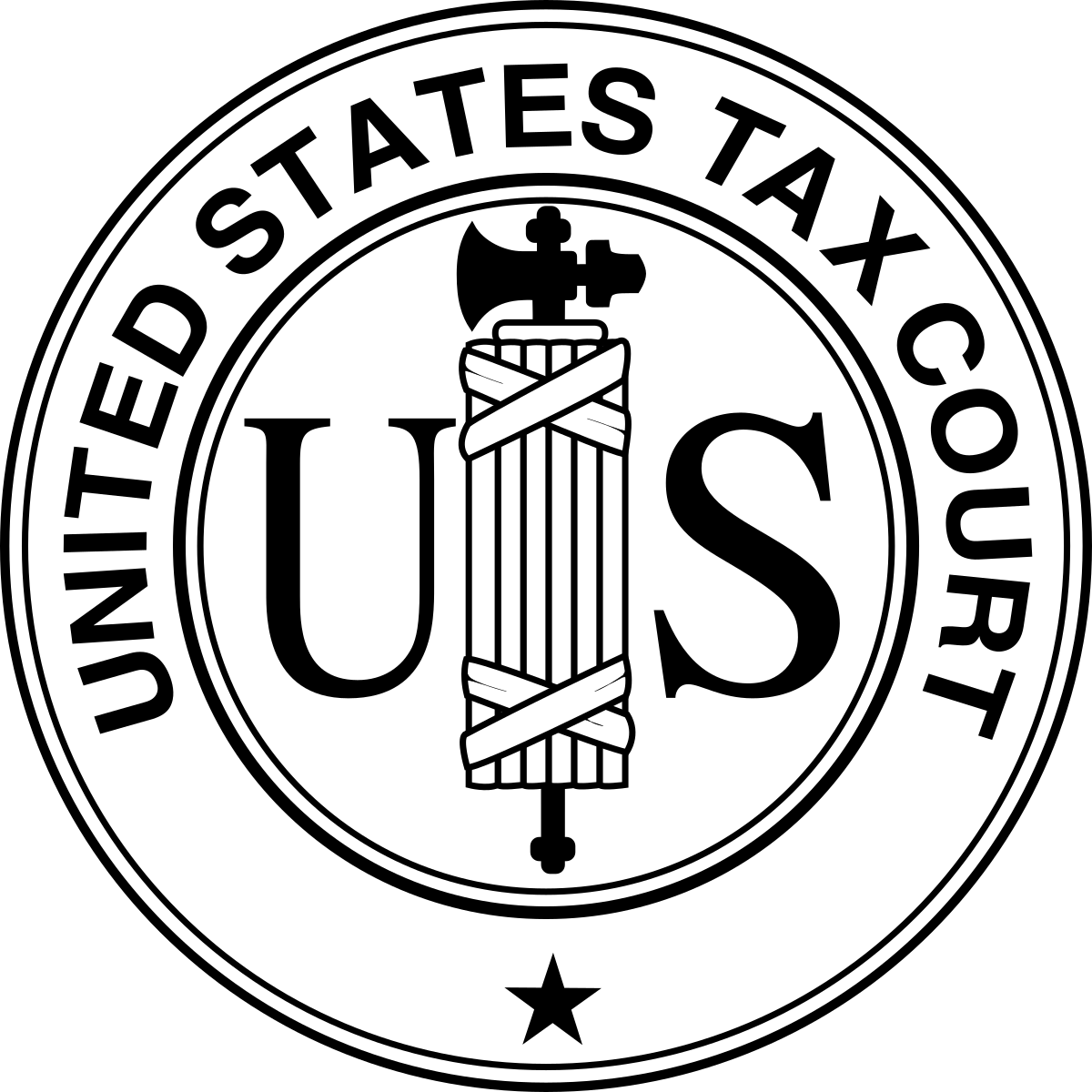The first German cannabis bid may have come to an end more or less, and with a whimper rather than a bang (not to mention the inevitable still-to-be-settled legal challenges). However even as the dust settles, one of the biggest “names” in cannabis and the company formerly expected to win at least a few of the tender lots is looking elsewhere.
Namely Canopy Growth, which was a finalist in the first round of the tender, has not shown up as a finalist firm in Germany this time (at least not so far).
However, it is clear the firm has other intentions afoot, namely U.S. expansion.
In an unprecedented move, Canopy announced its intent to buy the largest U.S. based producer of cannabis, a firm called Acreage Holdings, just before Easter. The conditional deal is being consummated in both cash ($300 million) plus stock swaps, and will not finally close until federal reform has come in the U.S. In fact, the deal makes the bet that the entire issue of U.S. federal reform will be solved within the next decade.
 In the meantime, however, what this also does is place one of the world’s largest cannabis companies in the middle of what is largely seen as the world’s most valuable overall cannabis market. Further it does so in an environment where the company benefits from Acreage’s considerable market and political clout. Former speaker of the U.S. House of Representatives John Boehner (a fierce opponent of legalization until it was personally convenient and profitable) is on the board of Acreage.
In the meantime, however, what this also does is place one of the world’s largest cannabis companies in the middle of what is largely seen as the world’s most valuable overall cannabis market. Further it does so in an environment where the company benefits from Acreage’s considerable market and political clout. Former speaker of the U.S. House of Representatives John Boehner (a fierce opponent of legalization until it was personally convenient and profitable) is on the board of Acreage.
But there are those who might still be confused about why this deal happened. Canopy after all is fond of saying that its first focus is the “more valuable” medical rather than recreational market. And the U.S. market has many challenges still, that stem from a lack of federal reform. In fact, Canopy has frequently said in the past that they would not enter the U.S. until federal reform occurs. What gives?
What The Deal Also Does…
It is not “just” entry into the U.S. recreational market, albeit still on a state level that is significant about the deal. That starts with its timing.
When trying to understand the motivations of Canadian cannabis companies, especially ones who have eschewed the U.S. market in the past (at least until federal reform passes), it is also necessary to understand that they operate in a shifting world of global strategy that is never as straightforward as one might think. And often has nothing to do with cannabis per se.
Namely, while this deal places Canopy in the middle of the U.S. state industry it also does something else. It positions Canopy as a U.S. producer just two months after a new international pharmaceutical trade deal went into force (on February 8) called an MRA.
MRA agreements, also known as Mutual Recognition Agreements, are essentially trade deals between countries to accept the equivalency of their pharmaceutical production and supply chain.
 On the cannabis front, the existence of MRAs between existing countries as cannabis has become legal, has also largely dictated the new international cannabis trade (see Canada and Germany as a perfect example) although this has been held as a closely held secret by the largest cannabis company executives (some of whom have previously denied that this was driving their expansion across Europe).
On the cannabis front, the existence of MRAs between existing countries as cannabis has become legal, has also largely dictated the new international cannabis trade (see Canada and Germany as a perfect example) although this has been held as a closely held secret by the largest cannabis company executives (some of whom have previously denied that this was driving their expansion across Europe).
However, thanks to the agreement on this MRA in February, as of July of this year, Europe and the U.S. will formally kick off a situation where the European and therefore German health authorities will formally recognize American GMP processes.
That means that on the pharma front, Canopy has also essentially re-entered the European market, albeit by a bit of a backdoor. It also means that Canopy can immediately start to import cannabis drugs at least, made in the U.S. into the European and by extension, German market.
Cannabis drugs have been going in the opposite direction across the Atlantic to the U.S. for at least a year now (see the GW Pharma’s Epidiolex adventure last year). And further over the U.S.-Canadian border if now only bound for academic research (see Tilray).
It also may mean that they can import medical cannabis itself to be used as “medicine” or processed into one in Europe.
Does This Mean That U.S. Federal Reform Is Imminent?
Not necessarily. In fact, keeping the U.S. market in general out of the global cannabis trade, while allowing the top companies to participate both in the cross-state market and the global pharmaceutical one benefits the biggest companies. Conveniently, this also allows U.S. cannabis “pharmaceutical” producers to enter the EU in force just as Israel is expected to (third quarter this year). This also puts the “deal” U.S. President Trump and Israeli President Netanyahu cut on the subject to delay Israeli sales in an entirely new light (and one that should outrage both Americans and Israelis in the industry on this front even more). Not to mention every European hopeful producer unaware of the larger game afoot.
That said, what federal U.S. legalization will do is drop the operating costs of the larger U.S. entities now engaged in multi-state operations.
Cannabis in other words is not likely to be legalized in the U.S. before the next presidential elections for reasons that have everything to do with the profits of a few – and for that reason will certainly be a major theme in the next national political race.
And in the meantime, the biggest companies, Canopy included, are not only laughing all the way to the bank (although their shareholders are another story), but setting themselves up to be at the ground floor DNA of the global cannabis business as it establishes itself in every country of the world.














 The court recognized, “[a]t some future date, industrial hemp that has been ‘produced in accordance with subtitle G’ will undoubtedly be transported in interstate commerce across states like Idaho that have not legalized industrial hemp.” In the meantime, however, the court found that Idaho could keep Big Sky’s cash crop, which sits deteriorating in the possession of law enforcement. Big Sky has appealed to the United States Court of Appeals for the Ninth Circuit.
The court recognized, “[a]t some future date, industrial hemp that has been ‘produced in accordance with subtitle G’ will undoubtedly be transported in interstate commerce across states like Idaho that have not legalized industrial hemp.” In the meantime, however, the court found that Idaho could keep Big Sky’s cash crop, which sits deteriorating in the possession of law enforcement. Big Sky has appealed to the United States Court of Appeals for the Ninth Circuit.




















